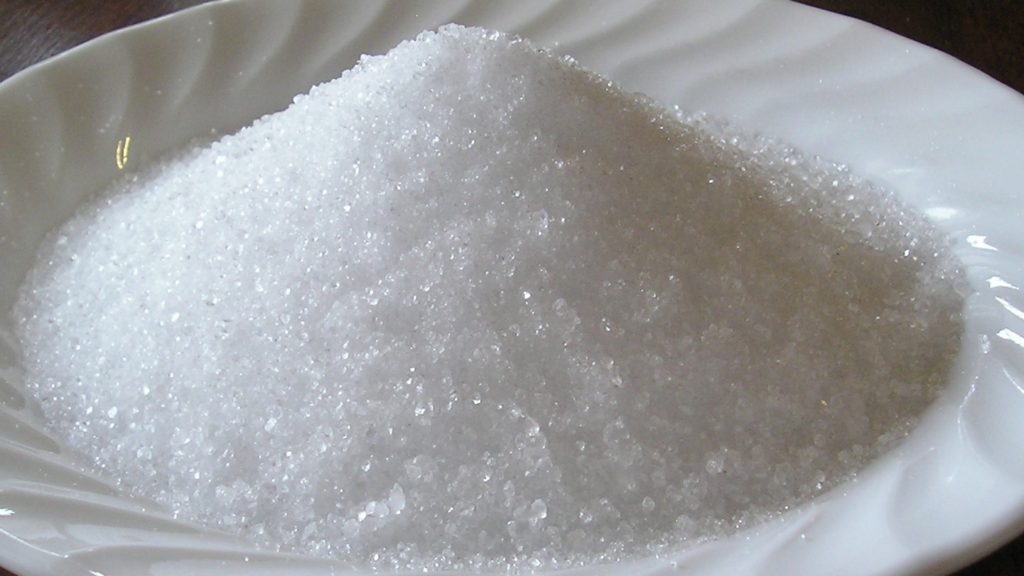January is typically considered “diet” season. It is also the season for my annual rant against “diet” products containing artificial sweeteners, and in particular aspartame, a.k.a. Nutrasweet. Aspartame was originally approved for human use in 1981 by FDA, despite vigorous objections by its own scientists. It is now an ingredient in thousands of products consumed by millions of people.
Credible scientific evidence has linked consumption of aspartame to health problems including brain damage, seizures, visual impairment, headaches, chronic fatigue syndrome, and increased risk of brain tumors. The overwhelming majority of independent research on aspartame has demonstrated health risks.
The main argument in favor of aspartame is that it is necessary as a sugar substitute. However, there are natural alternatives to sugar that do not have the health risks of aspartame. One of the most interesting is an alcohol sugar called xylitol.
Xylitol was originally discovered in the 1890s, but it wasn’t until the 1940s that it came into common use. During World War II, there was a serious sugar shortage in Finland. Finnish scientists rediscovered xylitol, a low-calorie sugar made from birch bark and fibrous vegetables and fruit.
By the 1960s, xylitol was being used in many European countries and Japan as a preferred sweetener for diabetics and as an energy source for infusion therapy in patients with impaired glucose tolerance and insulin resistance.
Xylitol is a natural metabolite produced in the human body as a product of the metabolism of several plants and micro-organisms. It has no known toxic levels in humans, although it tends to have a laxative effect at high doses. Xylitol has 40% fewer calories and 75% fewer carbohydrates than sugar and is slowly absorbed and metabolized, resulting in negligible changes in insulin.
Not only does xylitol not have the insulin release effects of sugar, but its use has been shown to reduce tooth decay up to 80%! This is because it inhibits the growth of the harmful bacteria that cause tooth decay. Dissolved in solution and used as a nasal spray or wash, xylitol also has been proven effective against sinus infection.
If xylitol is so great, why isn’t it more widely used? That is a good question. One reason is expense. It costs more to manufacture xylitol than either sugar or other artificial sweeteners. In recent years, however, the cost has declined and it has become more widely available. You may now buy crystalline xylitol loose or in packets. It is also used as an ingredient in chewing gum and toothpaste.
Xylitol has the same sweetness as sugar and may be substituted equally for sugar in recipes. In baking, you need to keep in mind that sugar has other properties besides adding sweetness, such as contributing to the crispness and browning properties of certain baked goods, so results using xylitol instead of sugar will vary depending on what you are making.
Here is a very simple recipe using xylitol in peanut butter cookies:
Peanut-Butter Cookies
1 cup peanut butter
1 egg
1 cup xylitol
1 cup of chopped walnutsMix everything together and drop by spoonfuls onto an un-greased cookie sheet. Bake at 350 for about 13 minutes, or until the tops are browned. Cool.


